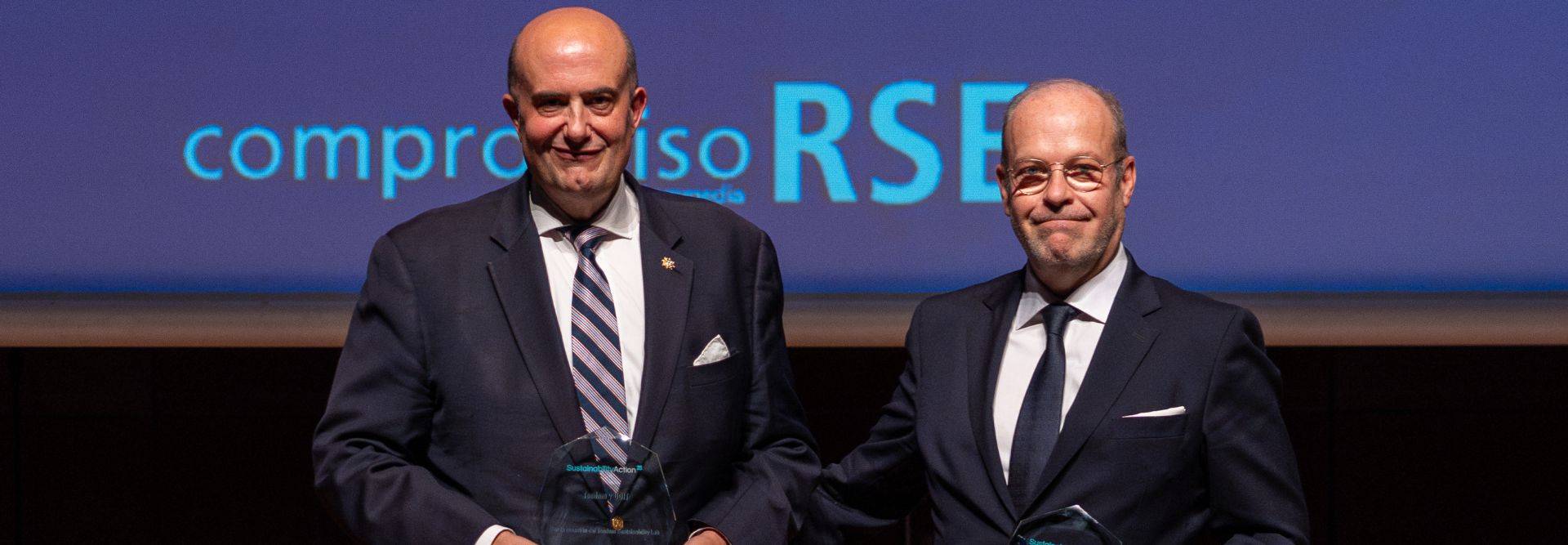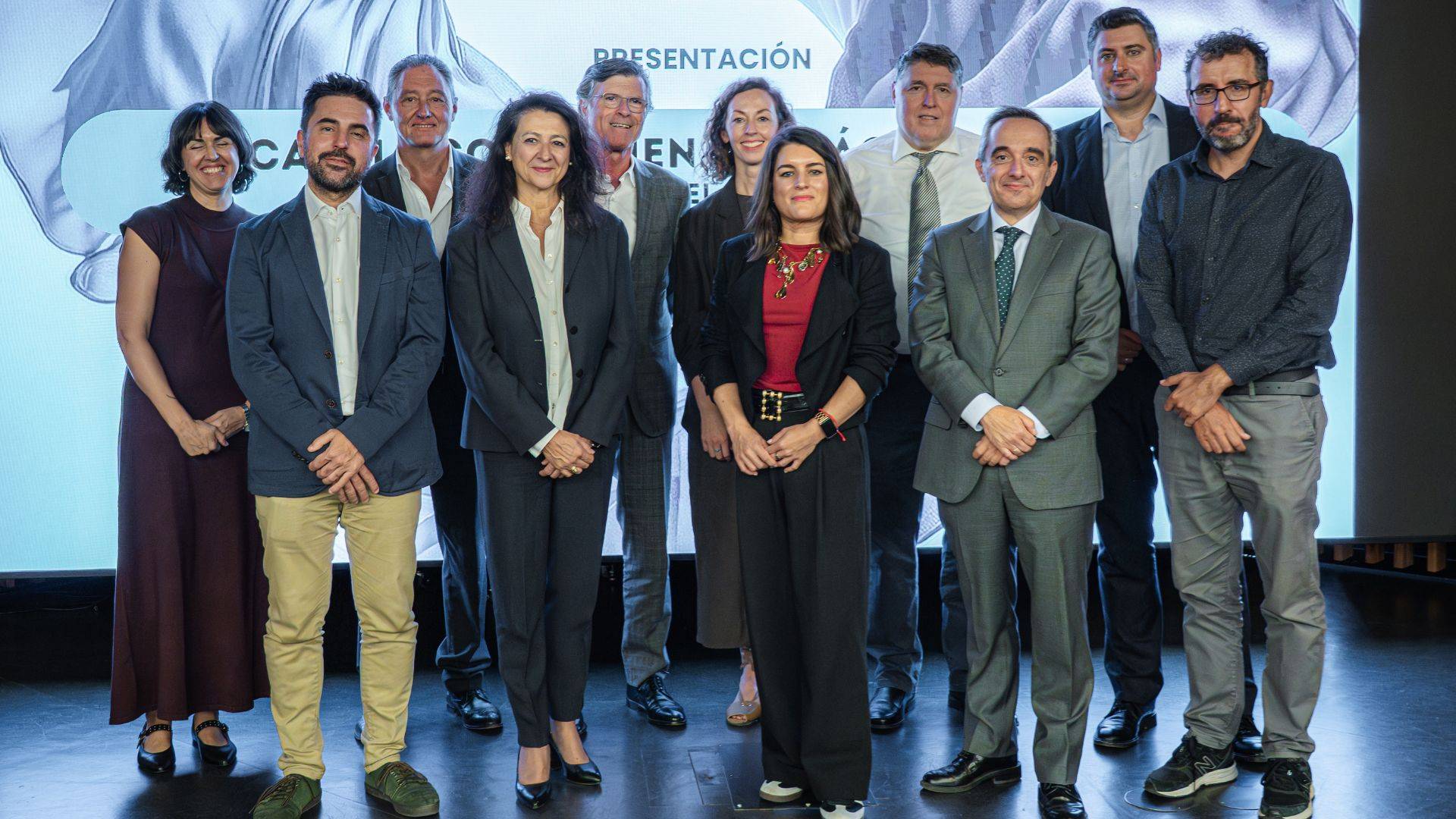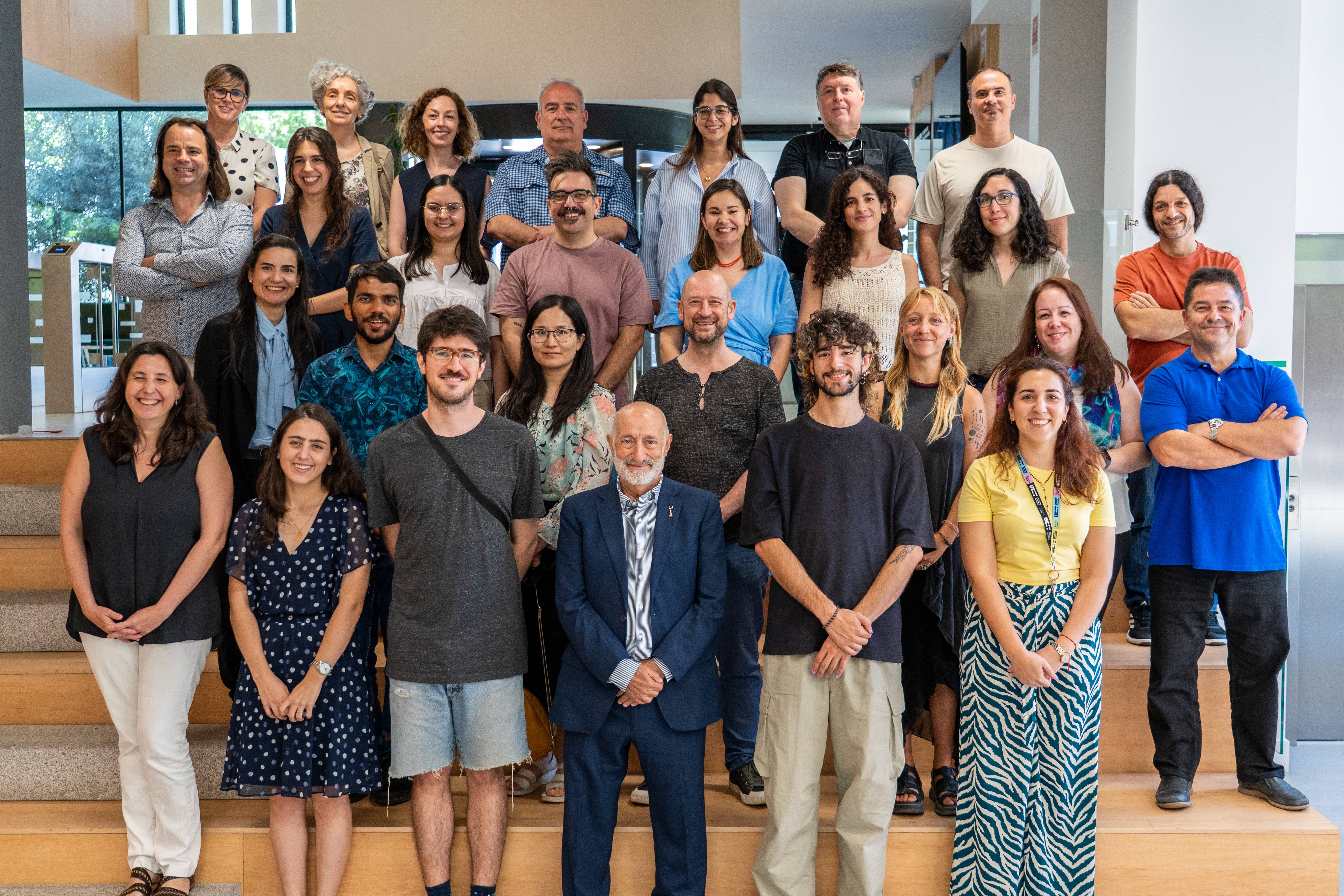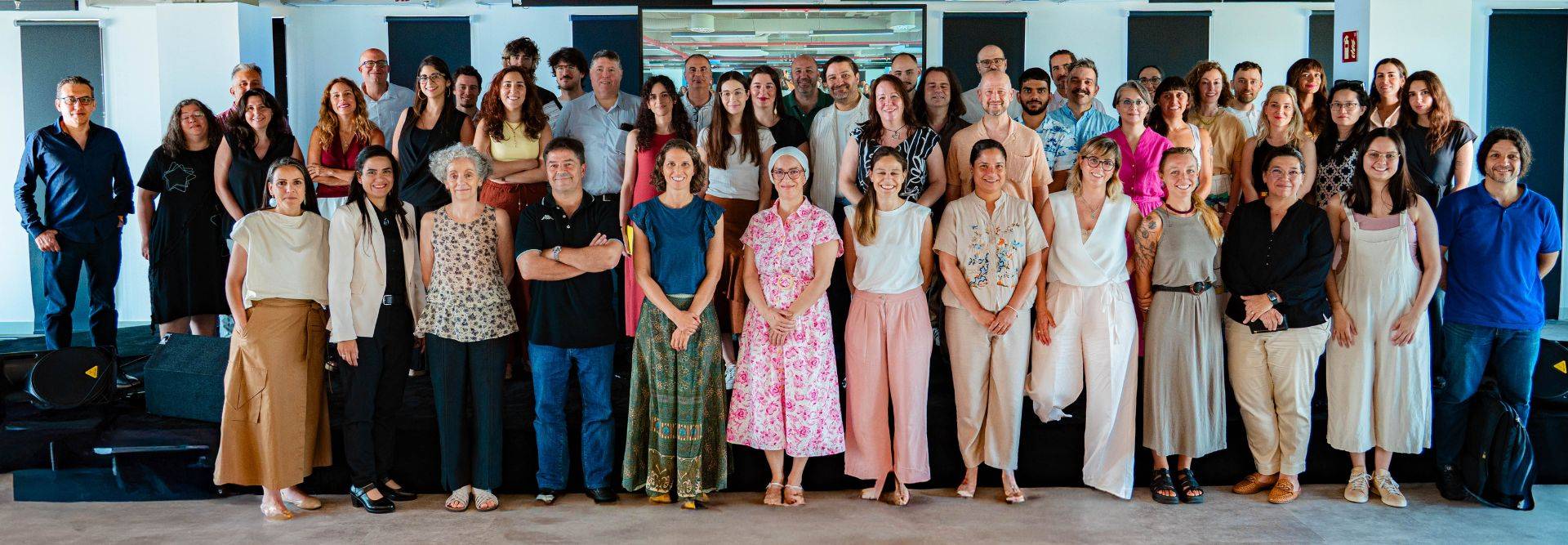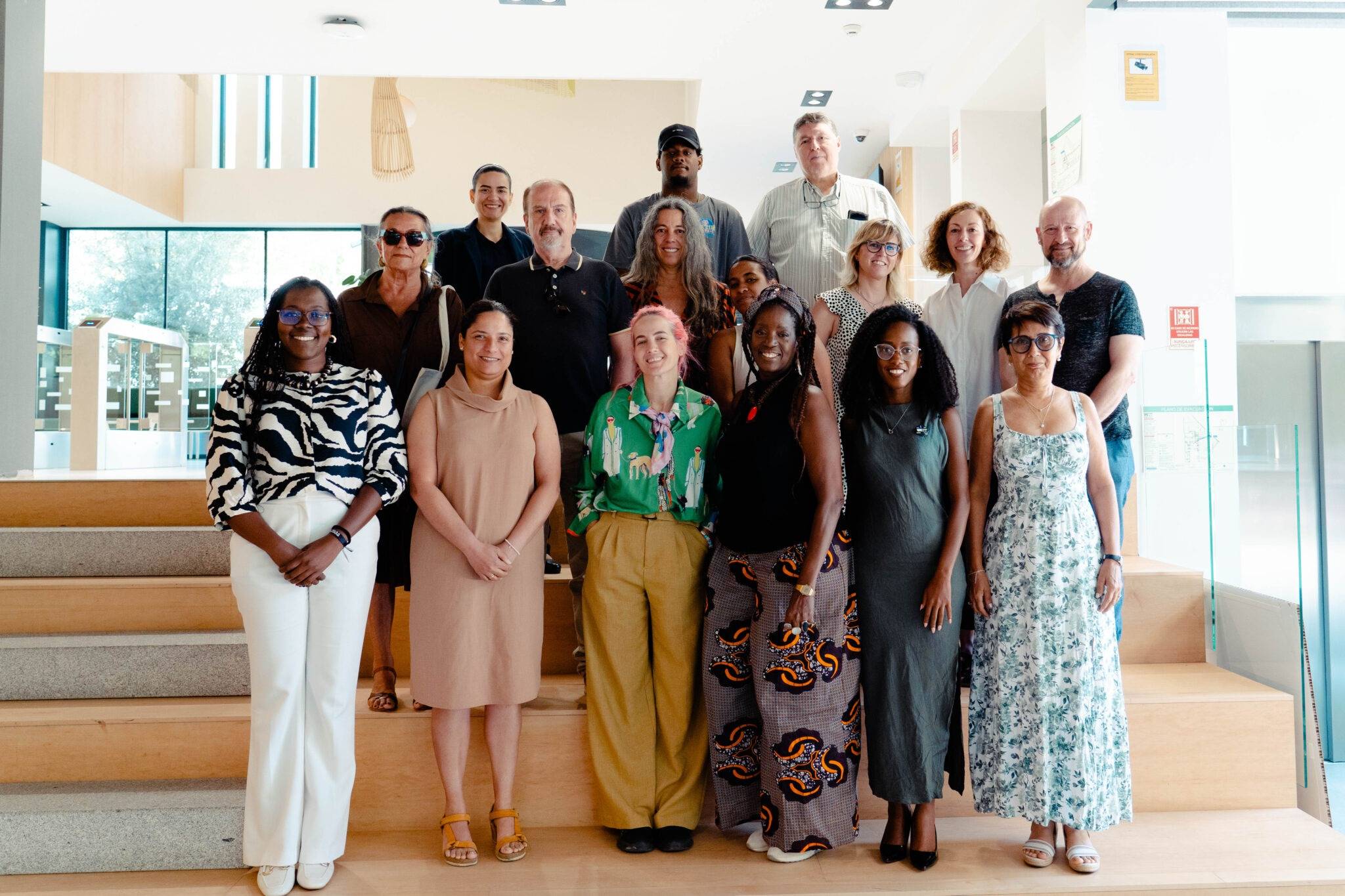Gamification as a strategy to revolutionise learning and professional development
Gamification, a technique that incorporates game elements into non-game environments, is an active methodology that has gained considerable popularity in recent years, both in formal education and corporate training. This methodology, which includes mechanics, points, levels and rewards, has studies that seem to confirm its effectiveness in improving motivation, participation and knowledge retention.
Rafael Conde, professor and researcher at the University of Design, Innovation and Technology (UDIT), is a researcher on the use of gamification in education. Rafael Conde stresses that gamification can not only help students stay motivated, but also bring a more organised structure to educational content, facilitating both teaching and learning. According to Conde, gamification requires teachers to "chunk and prioritise" content, resulting in better organisation and lesson planning. In addition, the reward system that characterises this methodology allows students to receive "permanent feedback", which increases their motivation and commitment to learning.
In Rafael Conde's opinion, the most important aspect of gamification is to differentiate it from gamification. Although in linguistic spaces it is recommended to use gamification and to banish gamification because it is an anglicism, Rafael Conde points out that they are not the same, nor can they be used as synonyms. Gamification and gamification are different techniques that offer different results and, therefore, must be applied in different scenarios that do not share objectives or forms of application. While gamification works on fun(play) and is aimed at peripheral learning, gamification(game) works on motivation and is aimed at central learning.
For Rafael Conde, one of the greatest benefits of gamification is its ability to turn learning into a more dynamic and interactive experience. However, he also warns that not everything can be gamified and that its implementation requires careful planning. "Not everything can be taught with lectures or assessed with a test, just as not everything can be gamified," says Rafael Conde, stressing the importance of having a thorough understanding of the content to be taught before deciding how to implement it. He also mentions that the teaching load and the number of students per class are key factors that can limit the teacher's ability to innovate in the use of gamification.
At UDIT, where Rafael Conde teaches, the use of new pedagogical methodologies that help students develop key skills for their professional future is encouraged. Gamification is just one of the many tools used at the university to create a more engaging and effective learning environment. Rafael Conde explains that his experience with gamification has been generally positive, as it not only benefits students, but also teachers, allowing them to better organise content and make the teaching process more fluid.
The full article was published in the newspaper El País and can be found at the following link:



